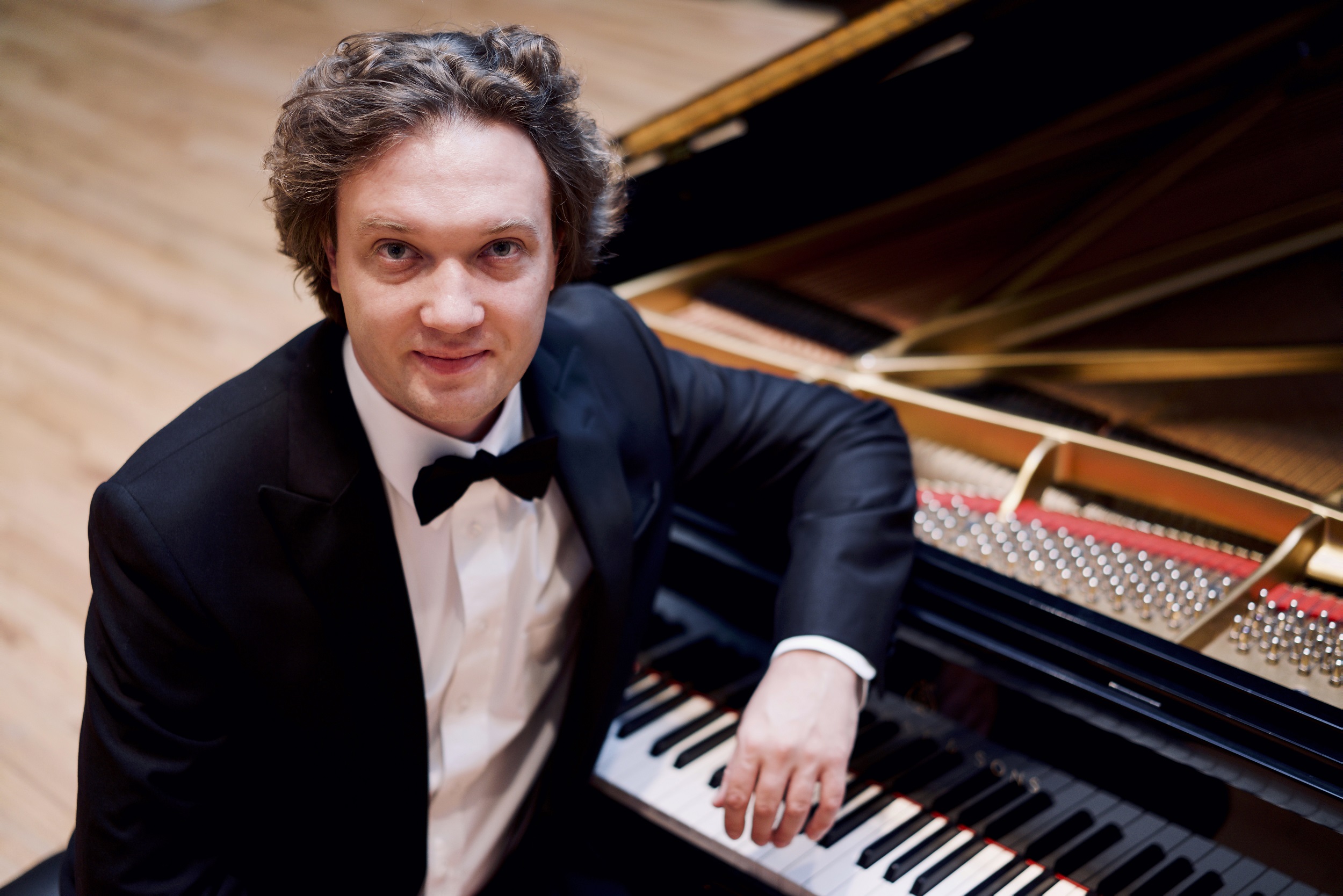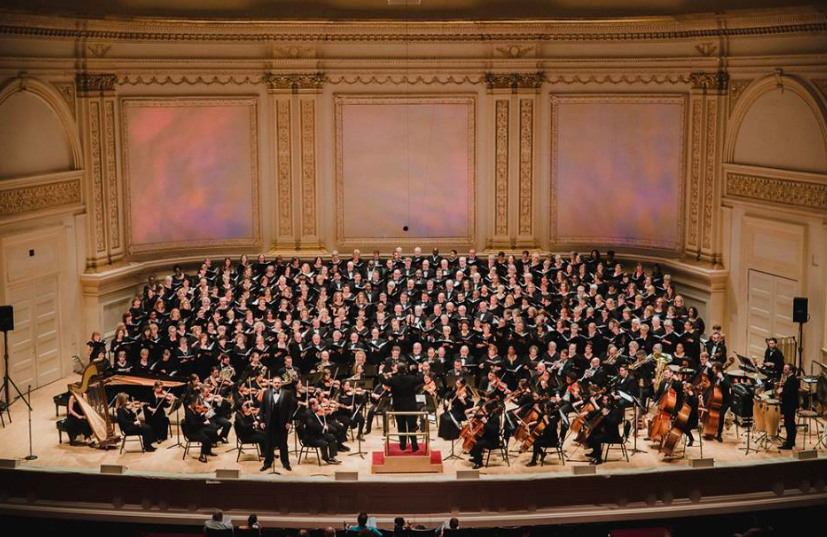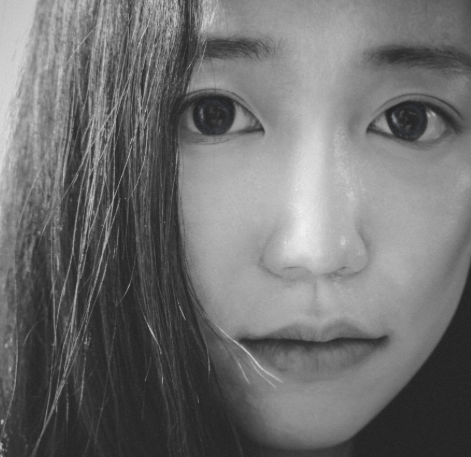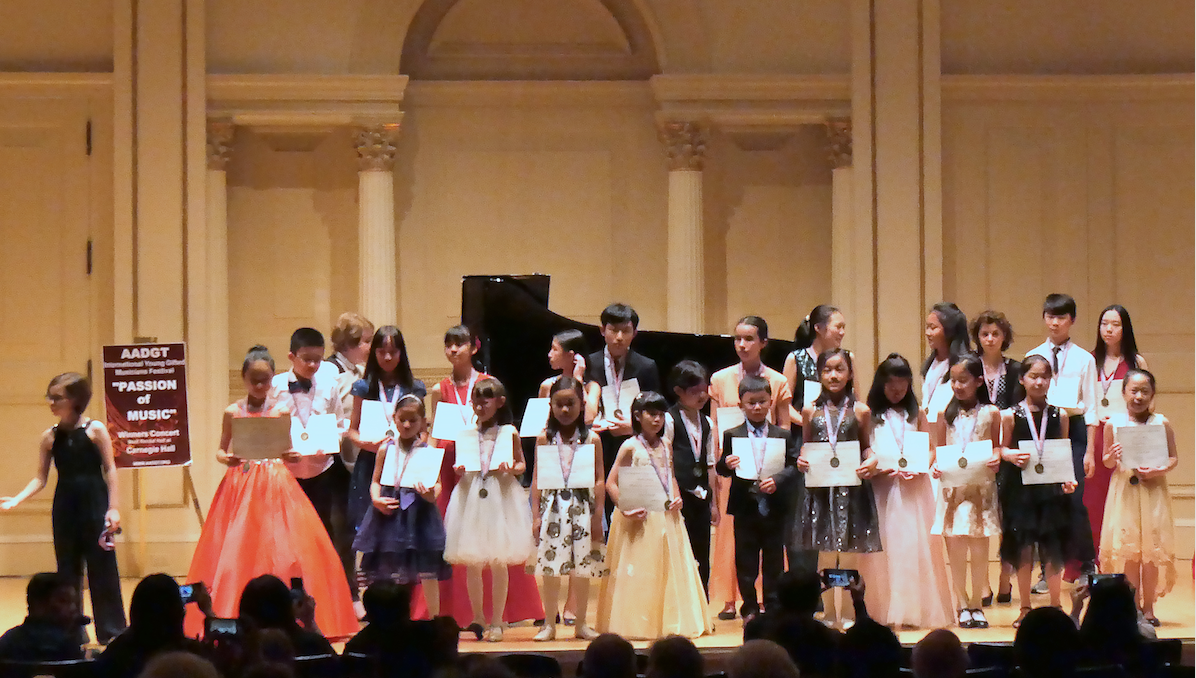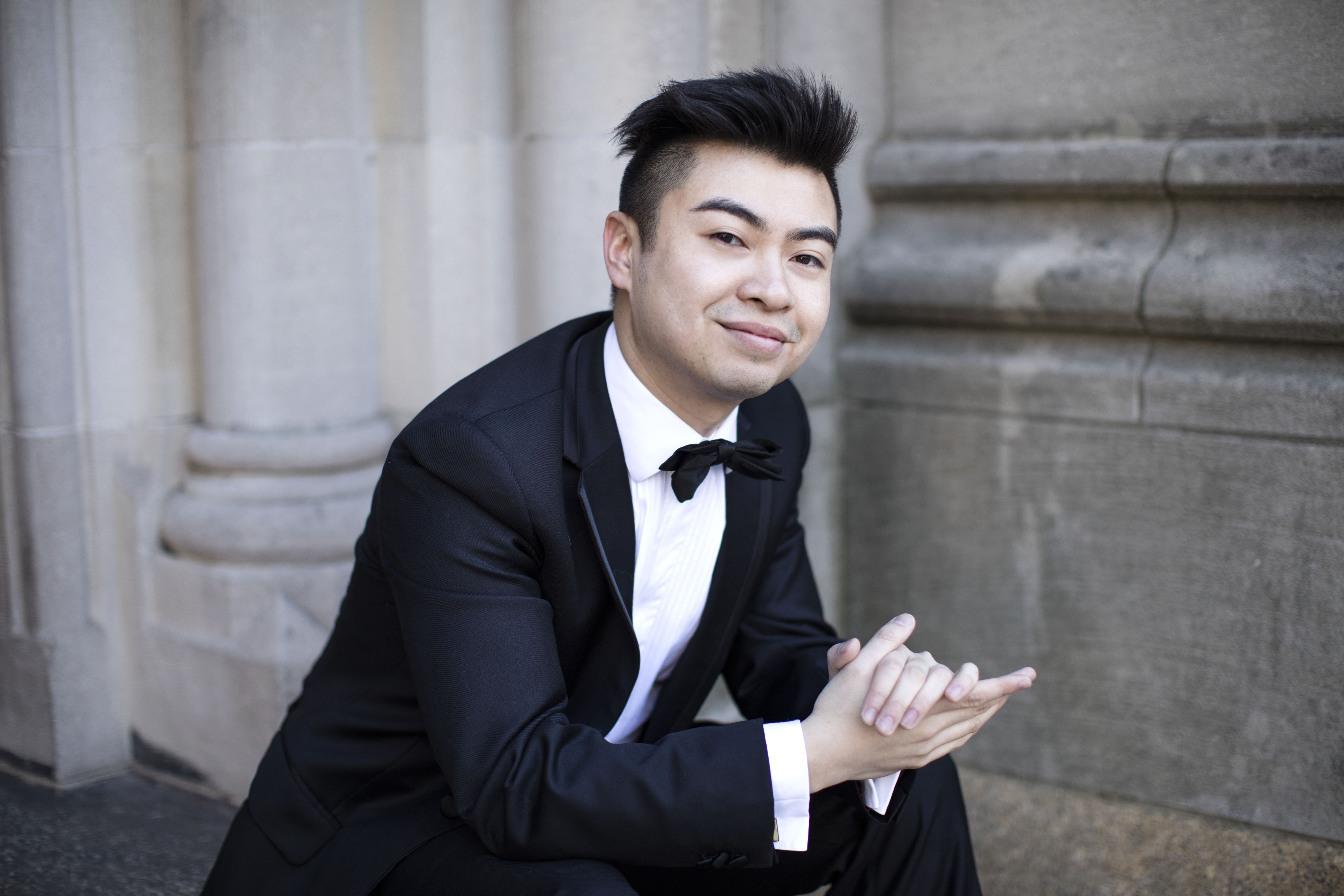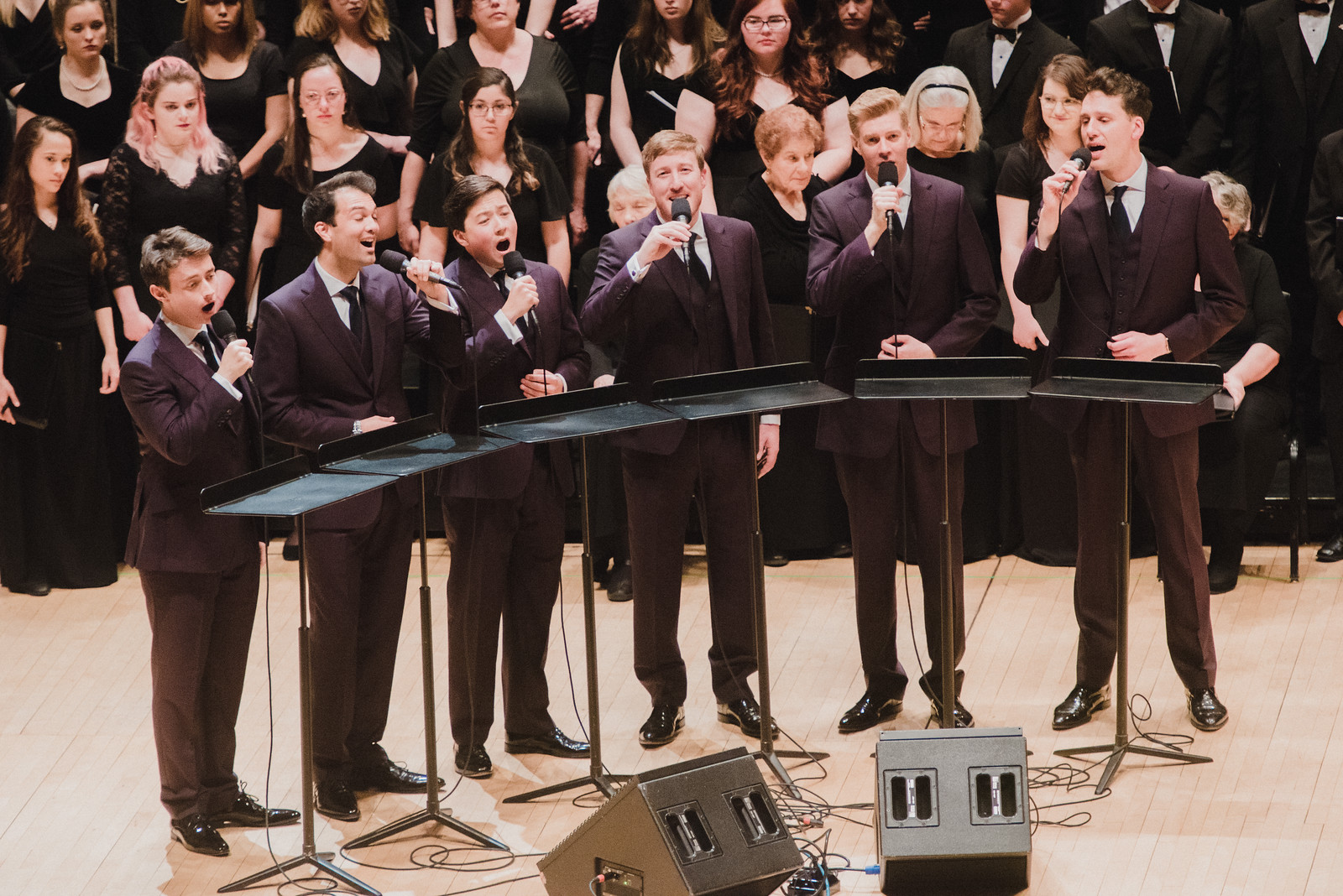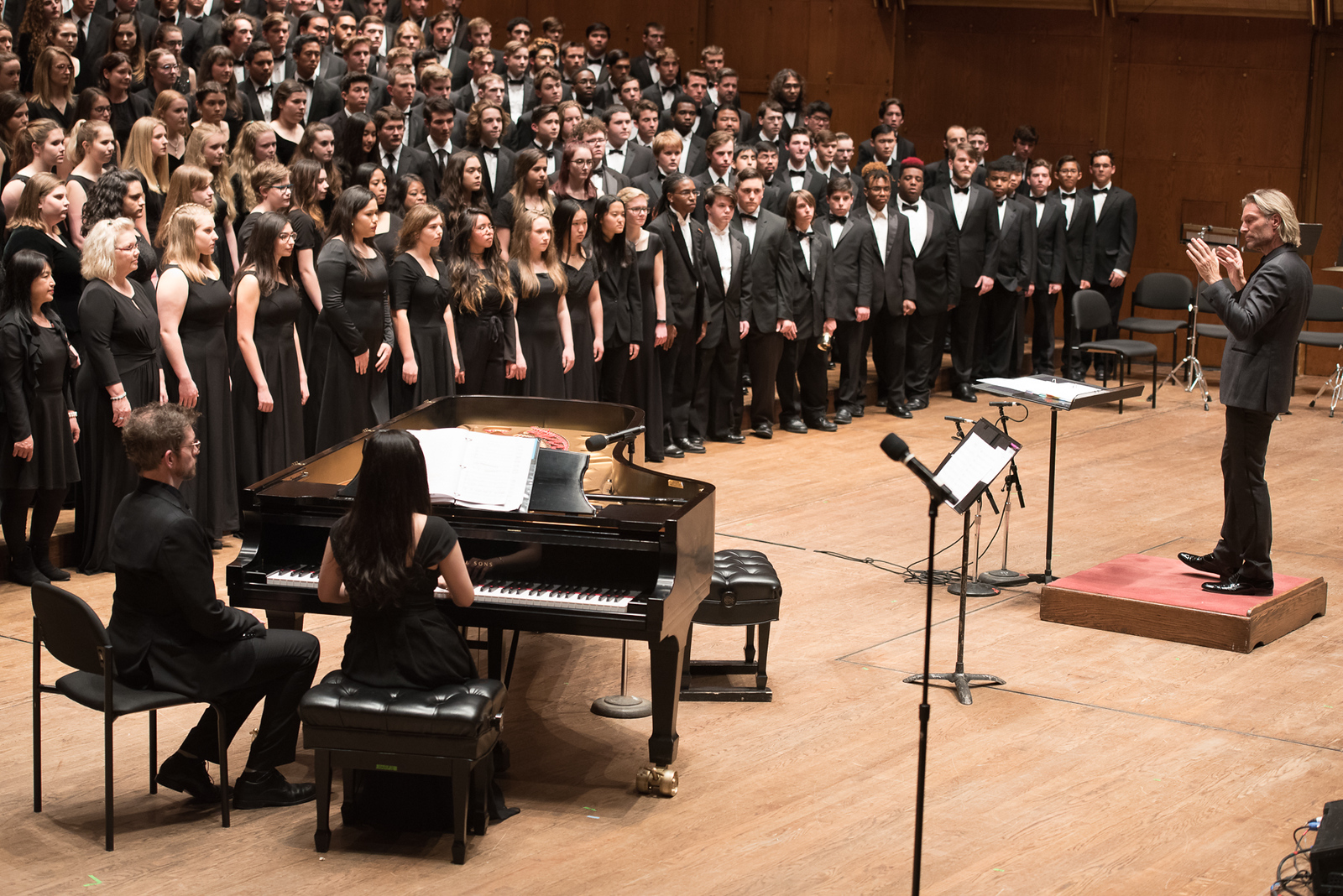Bence Szepesi, clarinet
Zhao Yangmingtian, piano
Weill Recital Hall at Carnegie Hall
September 19, 2018 at 8pm
Bence Szepesi may not be a name known to many New York musicians, but that could change quite easily, if Wednesday night’s debut recital is any gauge. He is an extremely gifted clarinetist, for starters, and his program – works of Leo Weiner, Brahms, Bernstein, and Rossini – was quite appealing. Beyond that, as the evening progressed, he displayed an ability to connect to his audience in a way that will serve him well wherever he goes.
For the record, the above summary is not clairvoyance; Mr. Szepesi has already achieved considerable recognition in his native Hungary and throughout Europe, as his biographical notes outlined briefly. A graduate with distinction from the Franz Liszt Academy of Music in Budapest, he counts among his honors Hungary’s Artisjus Award and now teaches at the University of Miskolc. He has lectured and performed widely as soloist and as principal clarinetist of the Dohnanyi Symphony Orchestra, and he directs the Budapest Saxophone Quartet, which he founded in 1995. For more information one can visit his website: www.benceszepesi.com/en.
The presenter for this occasion was an organization called AGP, headed by Hungarian pianist Adam Gyorgy, whose charisma and elegance are becoming increasingly known as he appears internationally. Mr. Gyorgy spoke eloquently at the opening of the evening to the sold-out house, as did a dignitary from the Hungarian consulate, together creating an air of excitement and anticipation. It was good to have such an opening introduction, as Mr. Szepesi’s own entrance struck one initially as almost self-effacing. No one could guess, as he walked onstage with pianist Zhao Yangmingtian, what impressive playing lay ahead, though it only took one piece to find out.
The program opened with the famous showpiece for clarinet and piano, Peregi Verbunk, Op. 40, by Leo Weiner. Its subtitle “Recruiting Dance” proved apt, as it effectively rallied the listeners measure by measure. By the end, the audience was fully “on board” musically. Weiner created a work here not unlike what one would expect if Franz Liszt had written his Hungarian Rhapsodies for clarinet – opening after a flourish with a soulful folk-like melody in minor mode, it becomes more rousing and elaborate bit by bit. Mr. Szepesi met all of its challenges with a superb sense of line in the long-breathed phrases and astonishing ease in the fleet passagework. Especially in the extended solo cadenza, he proved himself to be a master of his instrument. He was attentive to matters of tone in every register – and in a very wide dynamic range. Mr. Yangmingtian collaborated ably, lending judicious support throughout and with precise “punctuation” for the improvisatory clarinet acrobatics – no mean feat!
Moving on to the ballast of the program, the musicians took on the Brahms Sonata for Clarinet and Piano in E-flat (Op. 120 No. 2). A magnificent autumnal work, both in spirit and in terms of chronology, it was written only a few years before the composer’s death for his clarinet “muse” Richard Mühlfeld. Mr. Szepesi had just the right warmth of sound for this piece, and again an exquisite sense of line. This listener felt that the overall performance would have benefitted from both performers taking more time to create a mellower, more spacious feeling, but that may be hard to achieve unless a duo performs together regularly. This evening showed some signs of being an ad hoc collaboration.
On the subject of time, many performers now try to accommodate the dreaded (computer-induced?) attention-deficit audience. The printed program even announced the concert’s total duration (an increasing trend), as “55 minutes, no intermission” – a short evening, indeed! This reviewer is usually grateful for such thoughtfulness regarding time, but one hopes that such consideration is not invading performers’ thinking to the detriment of full surrender to the musical experience. Late Brahms sometimes needs simply to take the listener by the hand, unapologetically, to a different musical era which knows no subways or rush-hours.
On the subject of haste, there appeared also to have been some hasty ensemble preparation. Though Mr. Szepesi led with beautifully seamless fluid lines, the piano and clarinet parts just missed melding in tempo and conception. The
second movement in particular had an unsettled feeling. Granted, it is “appassionato,” but it is passion of a mature nature, pensive and searching enough to set off the “creamy center” in B major, music of profound nobility.
Taking more time might have encouraged more attention to blending of timbres too. The pianist, described by Mr. Gyorgy as being also a soloist who will debut in that capacity next season, sounded just a tad too soloistic at times. The steeliness of sound which might have been perfect in a work of Liszt or Prokofiev tended to overwhelm the chamber collaboration, and the piano lid being all the way up may not have helped (though this reviewer usually likes it up as long as the approach is tempered accordingly).
Where the duo worked perfectly together was in the final work of the printed program, Leonard Bernstein’s Sonata for Clarinet and Piano. Here was music delivered with unified conception, spirit, and polish, and the slight edge in the piano sound was an asset. The piece itself, composed when Bernstein was in his early twenties, was a joy to hear – and just when one wondered what room there may be for more in this year of Bernstein’s centennial, the duo proved that what is good cannot wear out its welcome. They played with spirit, energy, and brilliance.
Mr. Yangmingtian shone in the rapid rhythmic dancelike sections and was beautifully flexible throughout. Mr. Szepesi projected an enormous range of sounds from the faintest tones to clarion brightness and piercing brashness where called for. The synchronization was terrific. The excited audience clapped in rhythm to request an encore, and Rossini’s Introduction, Theme and Variations, which had been listed in the original publicity for the concert but omitted from the printed program, was reinstated.
To say that the Rossini piece was brilliant would be an understatement. The pyrotechnics from the clarinet were simply breathtaking. Lightning fast passagework and quicksilver dynamic changes were all within seemingly easy grasp, and a dazzling finish led to still more thunderous ovations.
Just as all appeared to be coming to a lengthy parade of flowers, and your reviewer and others in the audience had already dashed out, a house intercom audible in the elevator could be heard relaying, “last piece,” – so despite having finally reached the lobby, this reviewer ran back up to catch the final moments of a second encore. A klezmer-esque showstopper, unleashing the folkdance spirit in performers and audience alike, was closing the evening on yet another high. The audience was ecstatic and will surely return for more.


